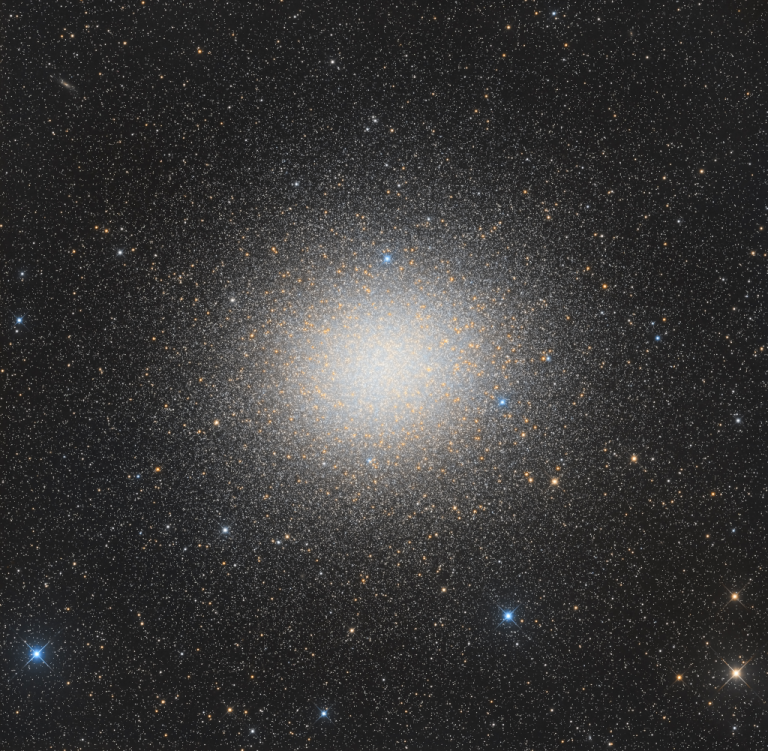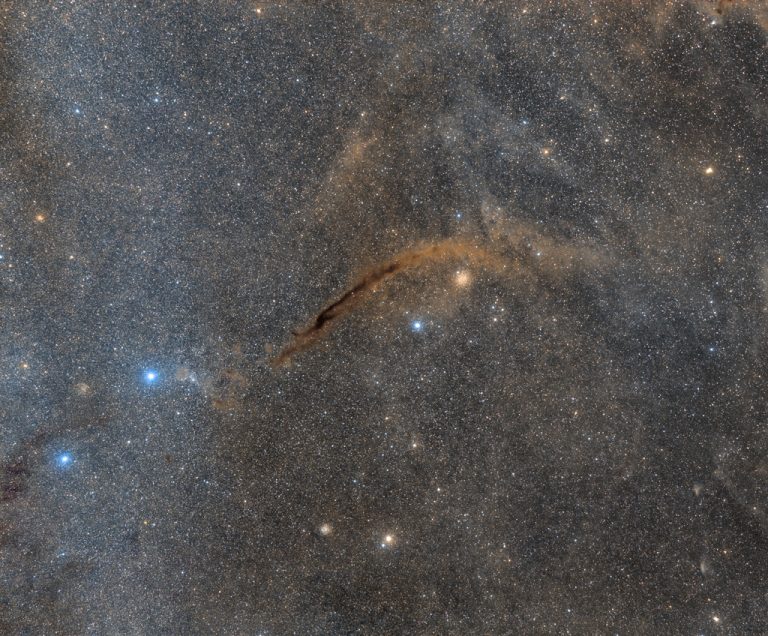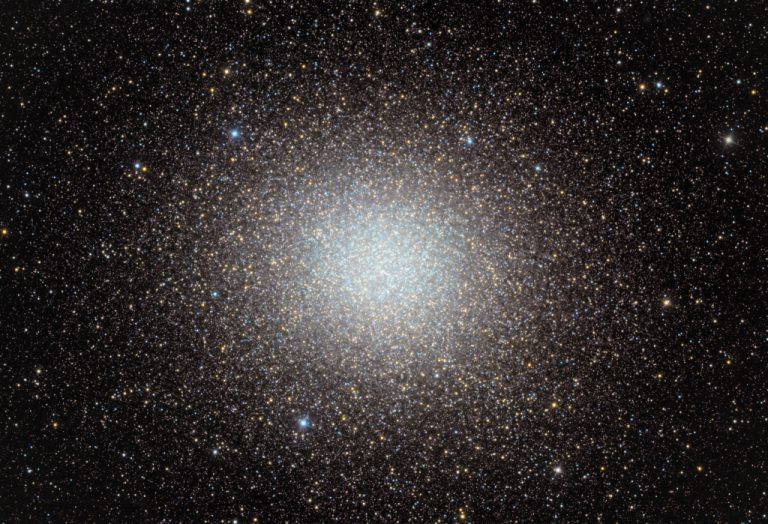M2
See Explanation. Clicking on the picture will download the highest resolution version available.
请参阅说明。单击图片将下载可用的最高分辨率版本。

See Explanation. Clicking on the picture will download the highest resolution version available.
请参阅说明。单击图片将下载可用的最高分辨率版本。

See Explanation. Clicking on the picture will download the highest resolution version available.
请参阅说明。单击图片将下载可用的最高分辨率版本。

See Explanation. Clicking on the picture will download the highest resolution version available.
请参阅说明。单击图片将下载可用的最高分辨率版本。

A busy starfield is shown which an elongated brown nebula running diagonally from the lower left to the upper right. A bright blue star and a star cluster appear above the nebula. Please see the explanation for more detailed information.
画面中是一片繁忙的星空,一团细长的棕色星云从左下角斜向右上方。星云上方出现一颗明亮的蓝色恒星和一个星团。有关更多详细信息,请参阅说明。

请参阅说明。单击图片将下载可用的最高分辨率版本。

2024年2月8日 Globular Star Cluster 47 Tuc Image Credit & Copyright: Marco Lorenzi, Angus Lau, Tommy Tse Explanation: Globular star cluster 47 Tucanae is a jewel of the southern sky. Also known as NGC 104, it roams the halo of our Milky Way Galaxy along with some 200 other globular star clusters. The second brightest globular cluster (after Omega Centauri) as seen from planet Earth, 47 Tuc lies about 13,000 light-years away. It can be spotted with the naked-eye close on the sky to the Small Magellanic Cloud in the constellation of the Toucan. The dense cluster is made up of hundreds of thousands of stars in a volume only about 120 light-years across. Red giant stars on the outskirts of the cluster are easy to…

2023年9月1日 The Great Globular Cluster in Hercules Image Credit & Copyright: Serge Brunier, Jean-François Bax, David Vernet OCA/C2PU Explanation: In 1716, English astronomer Edmond Halley noted, “This is but a little Patch, but it shows itself to the naked Eye, when the Sky is serene and the Moon absent.” Of course, M13 is now less modestly recognized as the Great Globular Cluster in Hercules, one of the brightest globular star clusters in the northern sky. Sharp telescopic views like this one reveal the spectacular cluster’s hundreds of thousands of stars. At a distance of 25,000 light-years, the cluster stars crowd into a region 150 light-years in diameter. Approaching the cluster core, upwards of 100 stars could be contained in a cube just 3 light-years on…

2023年6月15日 M15: Dense Globular Star Cluster Image Credit: NASA, ESA, Hubble Legacy Archive; Processing: Ehsan Ebrahimian Explanation: Messier 15 is an immense swarm of over 100,000 stars. A 13 billion year old relic of the early formative years of our galaxy it’s one of about 170 globular star clusters that still roam the halo of the Milky Way. Centered in this sharp reprocessed Hubble image, M15 lies some 35,000 light-years away toward the constellation Pegasus. Its diameter is about 200 light-years, but more than half its stars are packed into the central 10 light-years or so, making one of the densest concentrations of stars known. Hubble-based measurements of the increasing velocities of M15’s central stars are evidence that a massive black hole resides at the…

2023年3月30日 NGC 4372 and the Dark Doodad Image Credit & Copyright: Matias Tomasello Explanation: The delightful Dark Doodad Nebula drifts through southern skies, a tantalizing target for binoculars toward the small constellation Musca, The Fly. The dusty cosmic cloud is seen against rich starfields just south of the Coalsack Nebula and the Southern Cross. Stretching for about 3 degrees across the center of this telephoto field of view, the Dark Doodad is punctuated near its southern tip (upper right) by yellowish globular star cluster NGC 4372. Of course NGC 4372 roams the halo of our Milky Way Galaxy, a background object some 20,000 light-years away and only by chance along our line-of-sight to the Dark Doodad. The Dark Doodad’s well defined silhouette belongs to the…

2023年3月16日 Millions of Stars in Omega Centauri Image Credit & Copyright: Neil Corke, Heaven’s Mirror Observatory Explanation: Globular star cluster Omega Centauri, also known as NGC 5139, is 15,000 light-years away. The cluster is packed with about 10 million stars much older than the Sun within a volume about 150 light-years in diameter. It’s the largest and brightest of 200 or so known globular clusters that roam the halo of our Milky Way galaxy. Though most star clusters consist of stars with the same age and composition, the enigmatic Omega Cen exhibits the presence of different stellar populations with a spread of ages and chemical abundances. In fact, Omega Cen may be the remnant core of a small galaxy merging with the Milky Way. Omega…